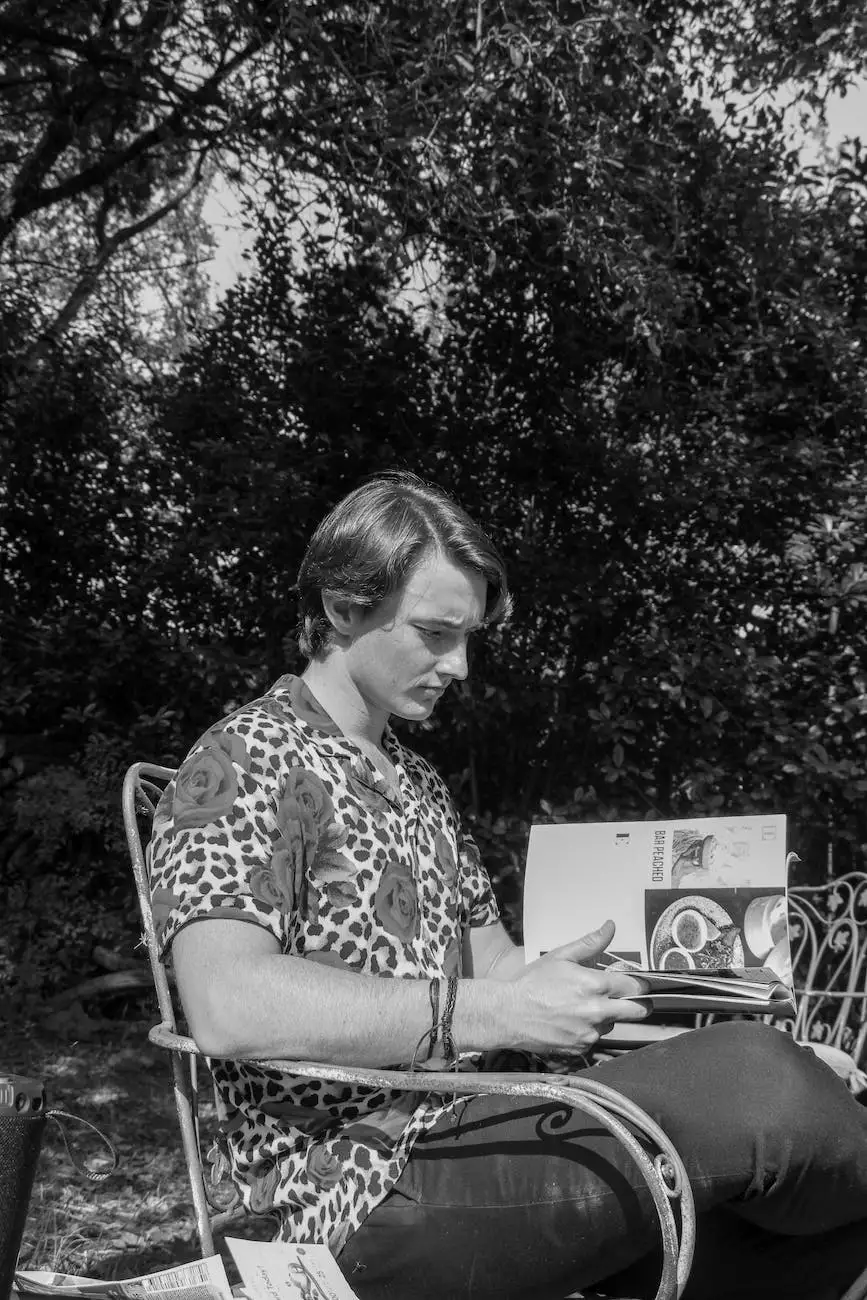Using Visual Content in Personal Branding
Education
Introduction
Welcome to Roxanne Weber, VOA's guide on using visual content in personal branding! In today's digital age, establishing a strong personal brand is crucial for professionals, entrepreneurs, and influencers alike. Visual content can elevate your online presence, captivate your target audience, and help you stand out from the competition. In this comprehensive guide, you will learn practical strategies and actionable tips to harness the power of visual content to enhance your personal brand.
Why Visual Content Matters
In a fast-paced and visually-driven online world, grabbing and retaining attention is more challenging than ever. Visual content, such as images, infographics, videos, and illustrations, can make your online presence more attractive, memorable, and engaging. Here are some key reasons why visual content matters in personal branding:
- Increased Memorability: Visuals are processed faster and retained longer in our brains compared to plain text. By incorporating visuals into your personal brand strategy, you increase the chances of being remembered by your target audience.
- Enhanced Emotional Connection: Visuals have the power to evoke emotions, enabling you to connect with your audience on a deeper level. By using compelling visual content, you can evoke the desired emotions that align with your personal brand identity.
- Improved Information Retention: Complex information can be simplified and better understood through visual content. Visuals have the ability to convey messages and concepts more effectively, ensuring your audience retains the key information about your brand.
- Increased Social Media Engagement: As social media platforms prioritize visual content, incorporating visually appealing elements in your posts can significantly boost engagement, reach, and shareability.
Optimizing Visual Content for Personal Branding
Now that we understand the importance of visual content, let's delve into actionable strategies to optimize it for personal branding:
1. Define Your Brand Identity and Target Audience
Before creating any visual content, it's crucial to have a clear understanding of your brand identity and target audience. Ask yourself questions such as:
- What do I want my personal brand to represent?
- What are the values and key messages I want to convey?
- Who is my target audience and what visual styles would resonate with them?
Having a strong brand identity and understanding your target audience will guide your visual content creation and ensure consistency with your overall personal brand.
2. Choose the Right Visual Content Types
The visual content you choose should align with your brand identity, resonate with your target audience, and effectively communicate your message. Here are some popular visual content types to consider:
- Images: High-quality and relevant images can be used across various platforms to enhance your brand's visual appeal.
- Infographics: Use visually appealing graphics to represent complex information and data sets in a digestible and shareable format.
- Videos: Engage your audience with compelling video content that showcases your expertise, shares valuable insights, or tells your brand story.
- Illustrations: Unique illustrations can add a touch of creativity and personality to your personal brand, making it more memorable.
3. Maintain Consistency
Consistency is key when it comes to personal branding. Ensure that your visual content aligns with your brand's visual identity, including colors, fonts, and overall style. Consistency extends to the tone and messaging used alongside your visual content. A consistent brand ensures strong recognition and builds trust among your audience.
4. Optimize for SEO
While visual content may not be directly indexed by search engines, there are several ways to optimize it to enhance your overall SEO strategy:
- File Naming: Give your visual content descriptive filenames that include relevant keywords.
- Alt Text: Add alt text to your images and videos to provide search engines with context and improve accessibility.
- Optimized Captions and Descriptions: Craft keyword-rich captions and descriptions that provide additional context for search engines and users.
- Structured Data: Implement structured data markup to help search engines understand your visual content better.
5. Leverage Social Media Platforms
Social media platforms provide excellent opportunities to showcase your visual content and reach a wider audience. Tailor your visual content to each platform's specifications and take advantage of features such as stories, carousels, and live videos. Engage with your audience through comments, likes, and shares to foster connections and expand your personal brand's reach.
Conclusion
As you can see, visual content plays a pivotal role in personal branding. By utilizing visually appealing and targeted content, you can showcase your unique personality, establish a strong online presence, and attract your desired audience. Remember to optimize your visual content for search engines, maintain consistency, and leverage social media platforms to maximize the impact of your personal brand. Now it's time to take action and elevate your personal brand through the power of visual content!










